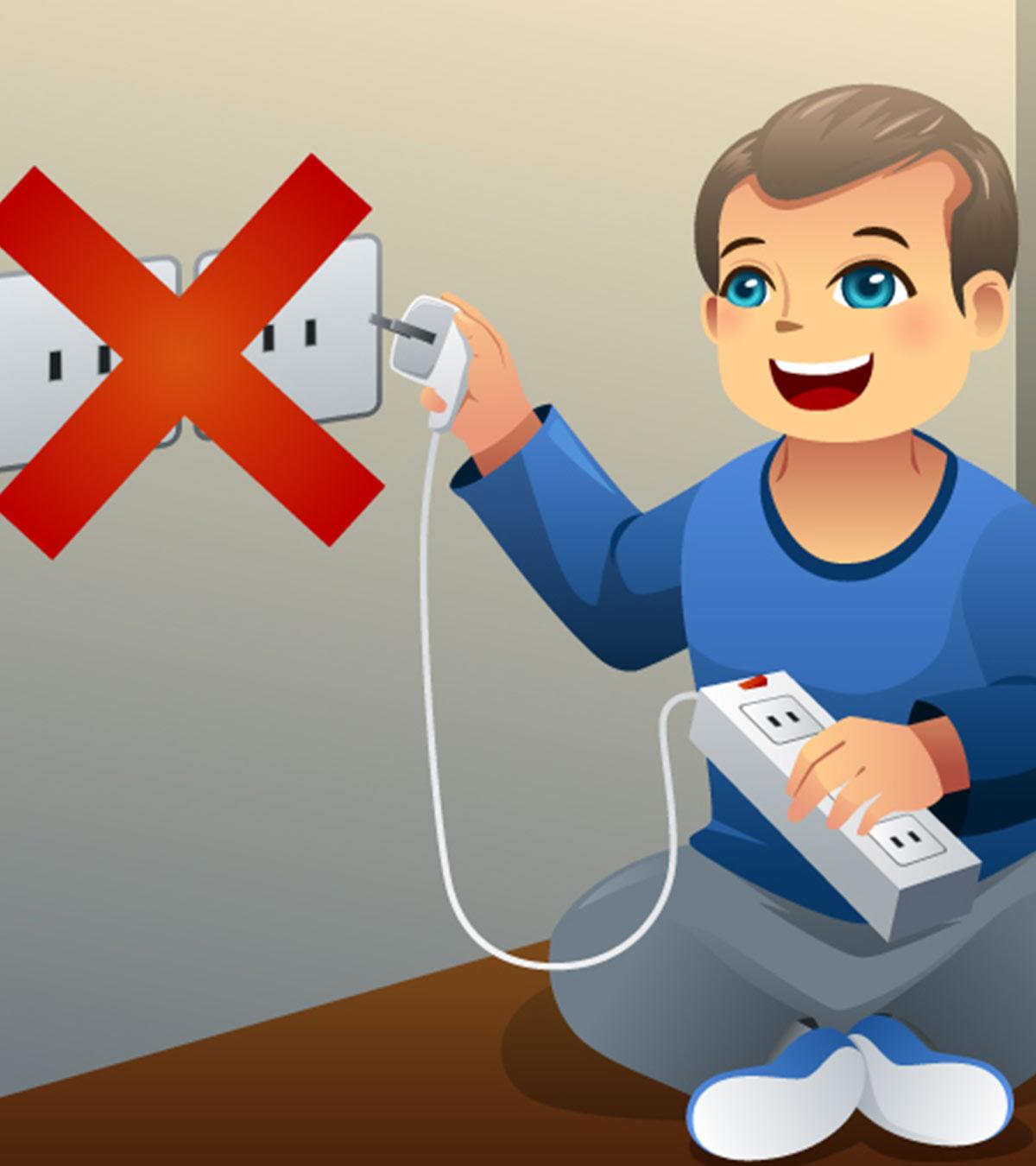It is worthwhile to hire an expert to look over the electrical safety equipment.
A certificate of electrical safety is a record which can be used to find and fix problems in your home before they cause damage or injury. There’s no lawful requirement for the installation of electrical devices to be independently examined unless it is replaced, significantly moved or altered or a certificate to work has been denied.
In all other circumstances the building regulations require the equipment to be inspected by a trained person who does not have to be an electrician, but they must know what they are doing.
A safety check for electrical installations will typically involve checking the installation to ensure that it is in compliance with building regulations, IEE Wiring Regulations and any instructions from the manufacturer. Troubles can arise from excessive electrical wires, sockets that are overloaded or equipment that is not working properly, which could result in a fire.

The certificate will also contain appliances that are linked to the installation like heaters, immersion heaters and kettles. This will ensure that they are safe to use.
An experienced professional will conduct an electrical test. He will provide suggestions on how to address any problems before they cause damage or injury.
If you own a property that you lease and you are a tenant, you may be able to request an electrical safety inspection under the conditions of your tenancy agreement.
Tips for safety in the electrical field during home renovations
Alongside replacing smoke detectors, experts from the university advise homeowners to be aware of the following steps during renovations:
1. If an electrical outlet is being used in different areas of the house, don’t take out the main switch or the isolated circuit breakers. This applies to appliances that are connected to outlets controlled by the wall switch.
2. Before wiring begins make sure you make sure you wait for the power indicator light to go off after turning off the circuit breaker.
3. It is possible to turn off an isolated circuit breaker if somebody is using it. Before you begin working on the wires controlled by the circuit breaker, make sure that the switch on the circuit breaker is turned off.
4. Make use of an extension cord to provide energy. Use the shortest possible length, and ensure the cord isn’t overloaded. If you’re using a cord that is longer, ensure that it’s approved by the UL for high-wattage appliances.
5. Be aware when working with older wiring devices especially three-way switches. These devices have not been used for a number of years. If they’re not properly installed, they can pose a danger of electrocution or shock.
6. Use only electrical fixtures that have been tested to Australian standards, like those manufactured by Wylex, Schneider Electric, or HPM.
7. Keep candles from any flammable materials. In addition, don’t leave candles unattended.
8. The best shoes to wear are those with rubber soles, as they can be walked on dry, sandy ground. Don’t use frayed extension cables. Don’t cut the cord of an old appliance , then plug it into another except if they’re of the same voltage rating.
If you want to learn more, click electrical safety certificate